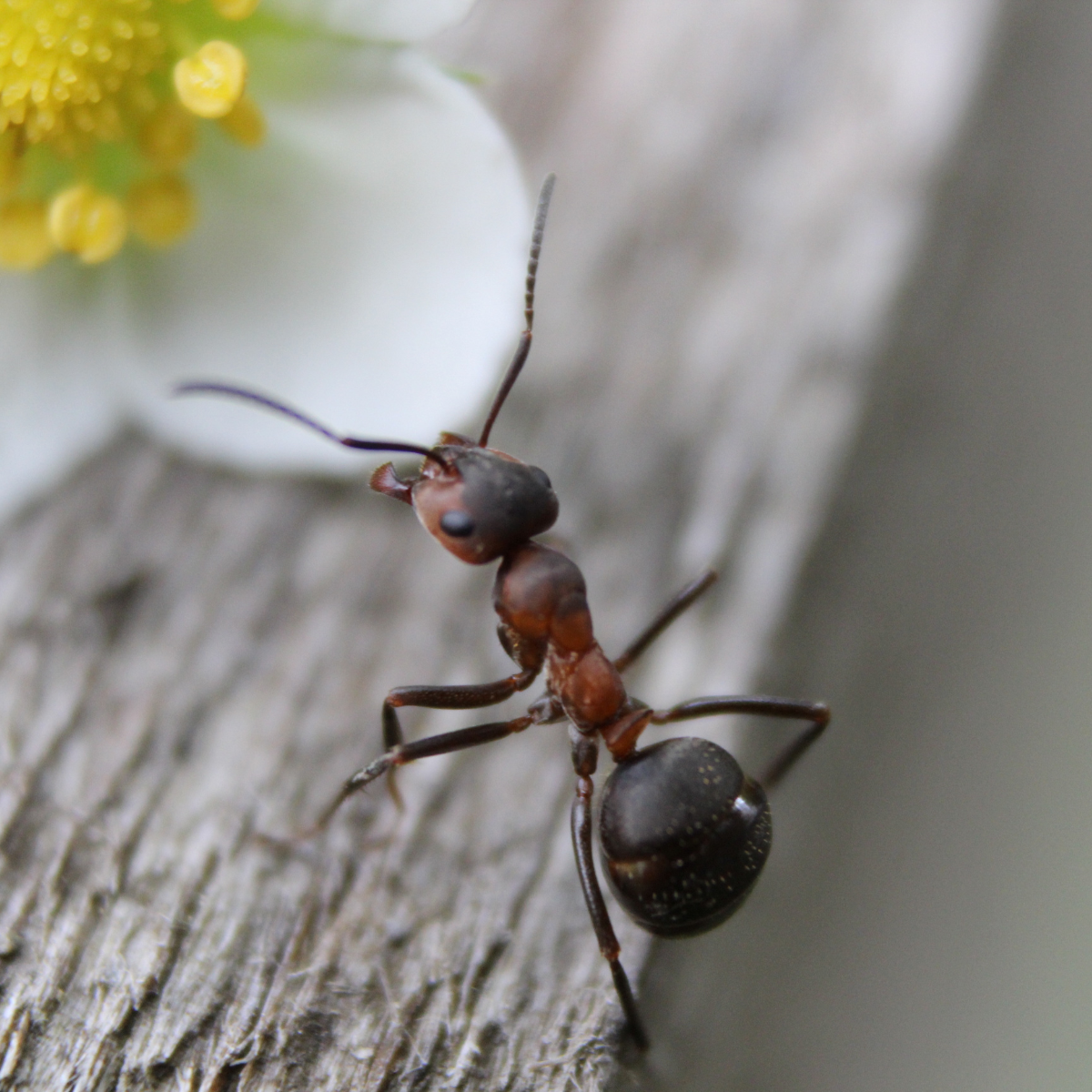Details
- Name: Formic Acid, Methanoic Acid (IUPAC). Hydrocarbon Acid, Formylic Acid
- CAS no: 64-18-6
- Molecular formula: CH2O2
- Physical state: liquid
- Molar mass: 46.03g/mol
- Density at 20°C: 1.22g/cm3
- Boiling point: 101°C
- Freezing point: 8°C (colourless solid)
How it looks:
Formic acid is a colourless, highly volatile, caustic and pungent smelling liquid, which is readily soluble in water, ethanol, glycol, glycerol, diethyl ether and most polar organic substances. It’s only soluble in small amounts in hydrocarbon.
Formic acid is the simplest carboxylic acid and the shortest chain alkanoic acid. Their properties are strongly determined by the carboxyl group (-COOH). Due to the strongly polar carboxyl group, formic acid is miscible with water in any ratio.
History
Formic acid was first isolated from red ants in 1671 by John Ray. The name formic acid is derived from the Latin word “formica” for ant.
It is used by many plants and animals, including ants, certain types of butterflies, scorpions, bees, jellyfish and stinging nettles, for defensive and offensive purposes. It even occurs in bee honey. Depending on the variety, 50 to 1000mg of formic acid can be contained in 1 kg of honey.

Use
Formic acid was often used in the food industry under the number E236 as a preservative in fish, fruit and vegetable products but it was banned in 1998. Furthermore, it may be used as a disinfectant in the following areas of the food industry:
- Control of varroa mites in conventional and organic hives
- Cleaning of beer kegs
- Preservation of silage
The salts of formic acid sodium and calcium formate (E237 and E238) are also used as preservatives.
Other uses are:
- In medicine as an antirheumatic agent or to trat vulgar warts
- For neutralization in rubber production and general organic synthesis
- In the textile and leather industry for staining ang and impregnating
- In electronic production as a reducing agent in the soldering process
- In the plastics industry for bonding polyamide plastics
- In private houses for descaling washing machines
- Constituent of tobacco smoke
- For de-icing airport runways (salt would corrode the aircraft)
For cleaning raw gemstones, as it strongly attacks limestone and other impurities. In this way, the gemstones can be exposed without damaging them. This may only be used with acid-resistant gemstones.
Extraction / Manufacturing
Today, formic acid is no longer isolated from dead ants as it used to be. The synthesis from carbon monoxide, which was invented in 1855 by the French chemist Marcellin Berthelot, is mostly used in the chemicals industry. This synthesis is divided into two process steps:
NaOH + CO à HCOONa
Sodium hydroxide reacts with carbon monoxide at around 6 – 8 bar and 130 Celsius to form sodium formate
2 HCOONa + H2SO4 à 2 HCOOH + Na2SO4
Sodium formate is reacted with sulfuric acid to form formic acid and sodium sulfate.
Another manufacturing method uses carbon monoxide from methanol
CH3OH + CO à HCOOCH3
At 80 Celsius and 40 bar, methanol reacts with carbon monoxide to form monthly formate.
HCOOCH3 + H2O à HCCOH + CH3OH
Methyl formate reacts with water to form formic acid and methanol
Since 2021 ECSA has been able to dilute and bottle formic acid in Flawil under the GMP conditions.
Our experts are at your disposal for any questions.
Our products
Not sure which product to choose?
Our experts are at your disposal to help you in choosing the product